阅读以下函数说明和C语言函数,将应填入(n)处的字句写在对应栏内。
[说明]
已知r[1...n]是n个记录的递增有序表,用折半查找法查找关键字为k的记录。若查找失败,则输出“failure",函数返回值为0;否则输出“success”,函数返回值为该记录的序号值。
[C函数]
int binary search(struct recordtype r[],int n,keytype k)
{ intmid,low=1,hig=n;
while(low<=hig){
mid=(1);
if(k<r[mid].key) (2);
else if(k==r[mid].key){
printf("succesS\n");
(3);
}
else (4);
}
printf("failure\n");
(5);
}
第1题:
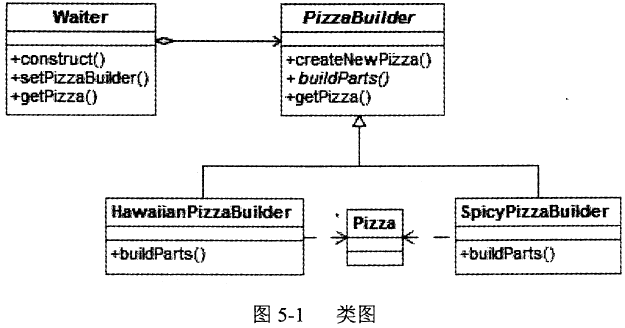
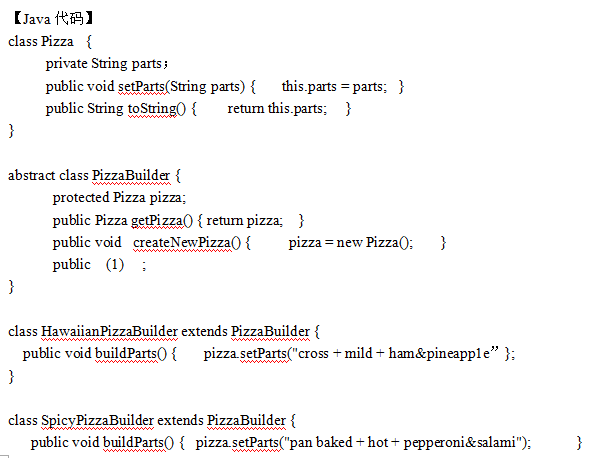
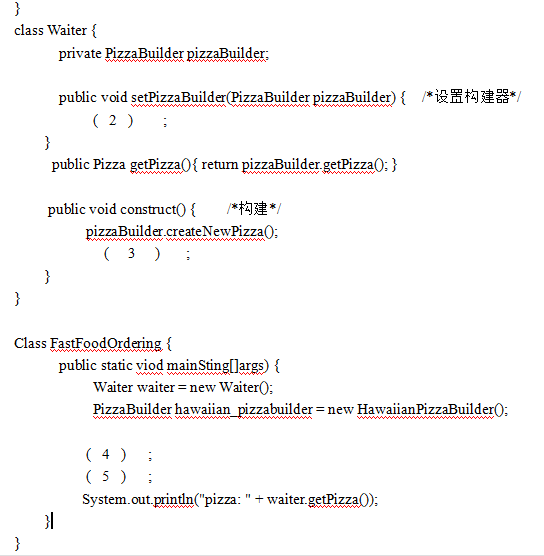


第2题:
()阅读下列说明和C语言程序,将应填入 (n)处的语句写在答题纸的对应栏内。[说明]下面程序是一个带参数的主函数,其功能是显示在命令行中输入的文本文件内容。[C语言函数]#include"stdio.h"main(argc,argv) int argc; char *argv[]; { (1) ; if((fp=fopen(argv[1],”r’’))== (2) ) { printf(”file not open!\n”);exit(0);} while( (3) ) putchar( (4) ); (5); }
第3题:
试题三(共 15 分)
阅读以下说明和 C 程序,将应填入 (n) 处的字句写在答题纸的对应栏内。
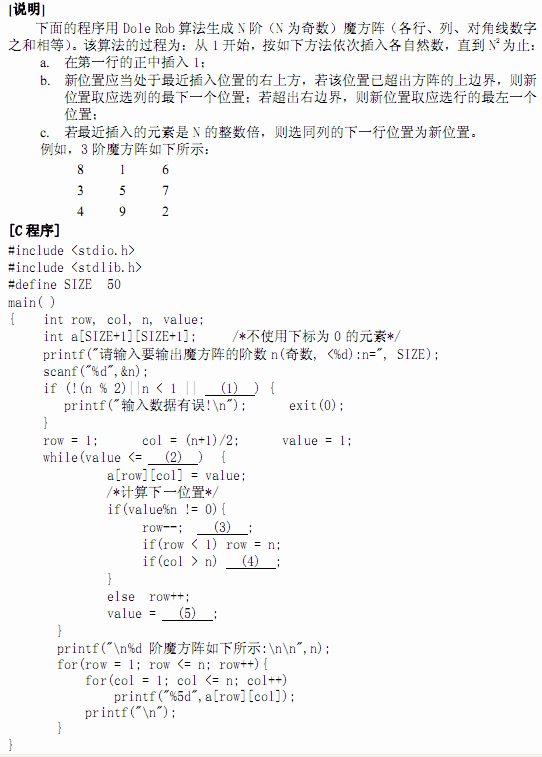
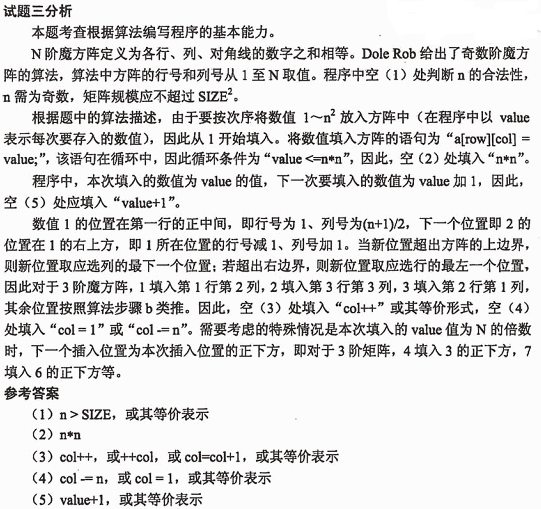
第4题:
阅读下列程序说明和C程序,将应填入(n)处的字句写在对应栏内。
[函数2.1说明]
下面程序的功能是计算x和y的最小公倍数。
[函数2.1]
main()
{ int m,n,d,r;
seanf("%d %d",&m,&n);
if(m<n) {r=m;m=n;n=r;}
(1);
while (d%n! =0) (2);
printf("%d\n",d);
}
[函数2.2说明]
下述程序接收键盘输入,直到句点“.”时结束。输入的字符被原样输出,但连续的空格输入将转换成一个空格。
[函数2.2]
include <stdio.h>
main()
{ char c,preChar='\0';
c = getchar();
while(c! = '.'){
if((3)) putchar(c);
else if(preChar! =' ') putchar(c);
(4);
c=(5);
}
}
第5题:
阅读以下函数说明和C语言函数,将应填入(n)处的字句写在答题纸的对应栏内。
【函数2.1说明】
递归函数sum(int a[], int n)的返回值是数组a[]的前n个元素之和。
【函数2.1】
int sum (int a[],int n)
{
if(n>0) return (1);
else (2);
}
【函数2.2说明】
有3个整数,设计函数compare(int a,int b,int c)求其中最大的数。
【函数2.2】
int compare (int a, int b, int c )
{ int temp, max;
(3) a:b;
(4) temp:c;
}
【函数2.3说明】
递归函数dec(int a[],int n)判断数组a[]的前n个元素是否是不递增的。不递增返回 1,否则返回0。
【函数2.3】
int dec( int a[], int n )
{
if(n<=1) return 1;
if(a[0]<a[1]) return 0;
return (5);
}
第6题:
阅读以下函数说明和C语言函数,将应填入(n)处的字句写在对应栏内。
【说明】
给定函数fun的功能是:将从键盘上输入的每个单词的第一个字母转换为大写字母,输入时各单词必须用空格隔开,用“.”结束输入。
【函数】
int fun(char *c,int status)
{
if((1)=='')
return 1;
else
{
if((2)&&(3)&&(4))
(5)='A'-'a';
return 0;
}
}
main()
{
int flag=1;
char ch;
printf("请输入一字符串,用点号结束输入!\n");
do {
ch=getchar();
flag=fun(&ch,flag);
putchar(ch);
}while(ch!='.');
printf("\n");
}
第7题:
阅读以下说明和C语言函数,将应填入(n)处的字句写在对应栏内。
[说明]
完成以下中序线索化二叉树的算法。
[函数]
Typedef int datatype;
Typedef struct node {
Int ltag, rtag;
Datatype data;
*lchild,* rchild;
}bithptr;
bithptr pre;
void inthread ( p );
{if
{inthread ( p->lchild );
if ( p->lchild==unll ) (1);
if ( P->RCHILD=NULL) p->rtag=1;
if (2)
{if (3) pre->rchild=p;
if ( p->1tag==1 )(4);
}
INTHREAD ( P->RCHILD );
(5);
}
}
第8题:
阅读下列函数说明和C代码,将应填入(n)处的字句写在对应栏内。
【说明】
函数QuickSort是在一维数组A[n]上进行快速排序的递归算法。
【函数】
void QuickSort( int A[ ],int s,int t)
{ int i=s,j=t+1,temp;
int x=A[s];
do{
do i ++ ;while (1);
do j -- ;while(A[j]>x);
if(i<j){temp=A[i];(2);(3);}
}while(i<j);
A[a] =A[j];A[j] =x;
if(s<i-1) (4);
if(j+1<t) (5);
}
第9题:
●试题四
阅读下列函数说明和C代码,将应填入(n)处的字句写在答题纸的对应栏内。
【说明】
函数QuickSort是在一维数组A[n]上进行快速排序的递归算法。
【函数】
void QuickSort(int A[],int s,int t)
{int i=s,j=t+1,temp;
int x=A[s];
do{
do i++;while (1) ;
do j--;while(A[j]>x);
if(i<j){temp=A[i]; (2) ; (3) ;}
}while(i<j);
A[a]=A[j];A[j]=x;
if(s<i-1) (4) ;
if(j+1<t) (5) ;
}
●试题四
【答案】(1)A[i]<x(2)A[i]=A[j](3)A[j]=temp(4)QuickSort(A,s,j-1)
(5)QuickSort(A,j+1,t);
【解析】快速排序的思想是:任取待排序序列中的某个元素作为基准(一般取第一个元素),通过一趟排序,将待排元素分为左右两个子序列,左子序列元素的排序码均小于或等于基准元素的排序码,右子序列的排序码则大于基准元素的排序码,然后分别对两个子序列继续进行排序,直至整个序列有序。快速排序是对冒泡排序的一种改进方法,算法中元素的比较和交换是从两端向中间进行的,排序码较大的元素一次就能够交换到后面单元,排序码较小的记录一次就能够交换到前面单元,记录每次移动的距离较远,因而总的比较和移动次数较少。